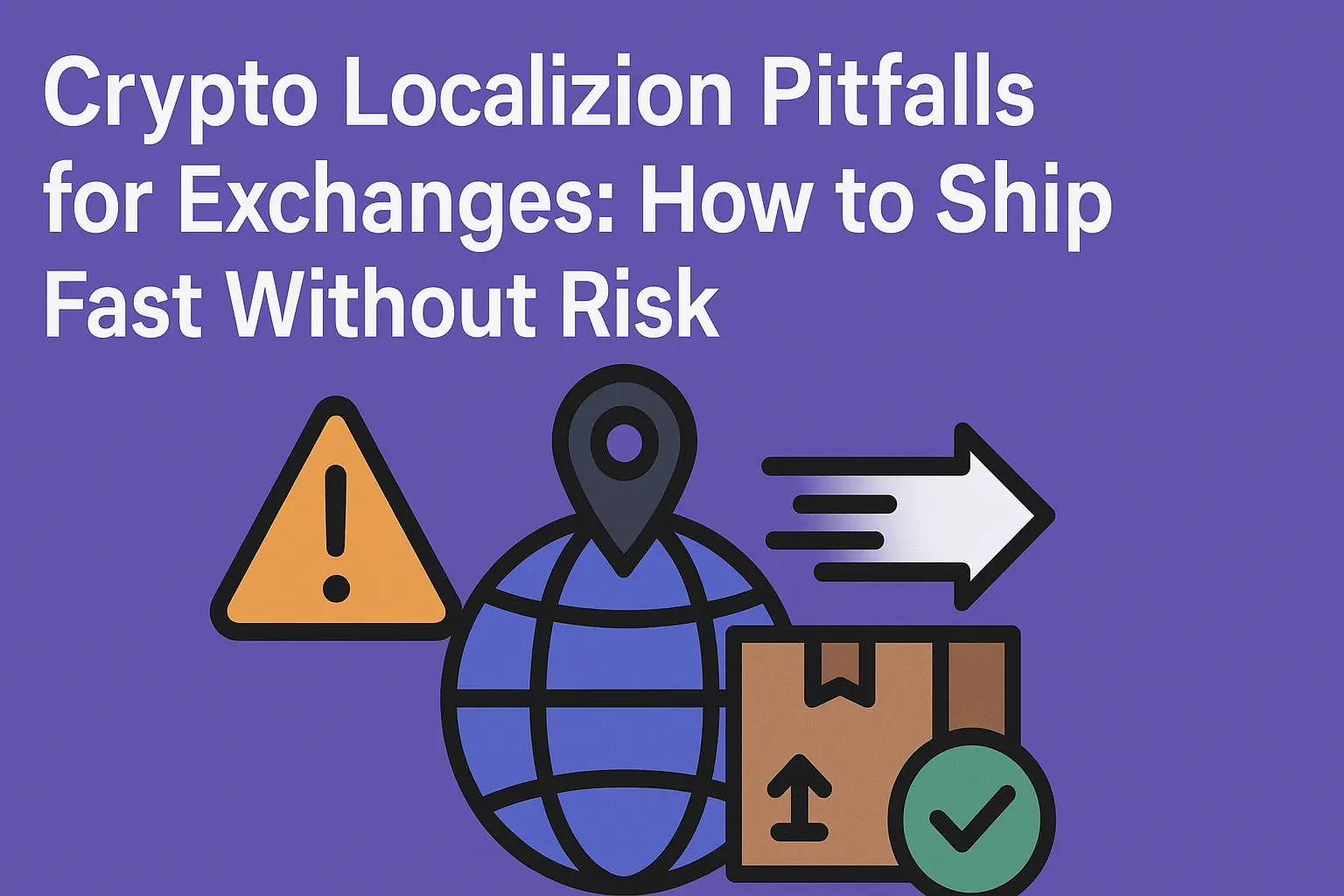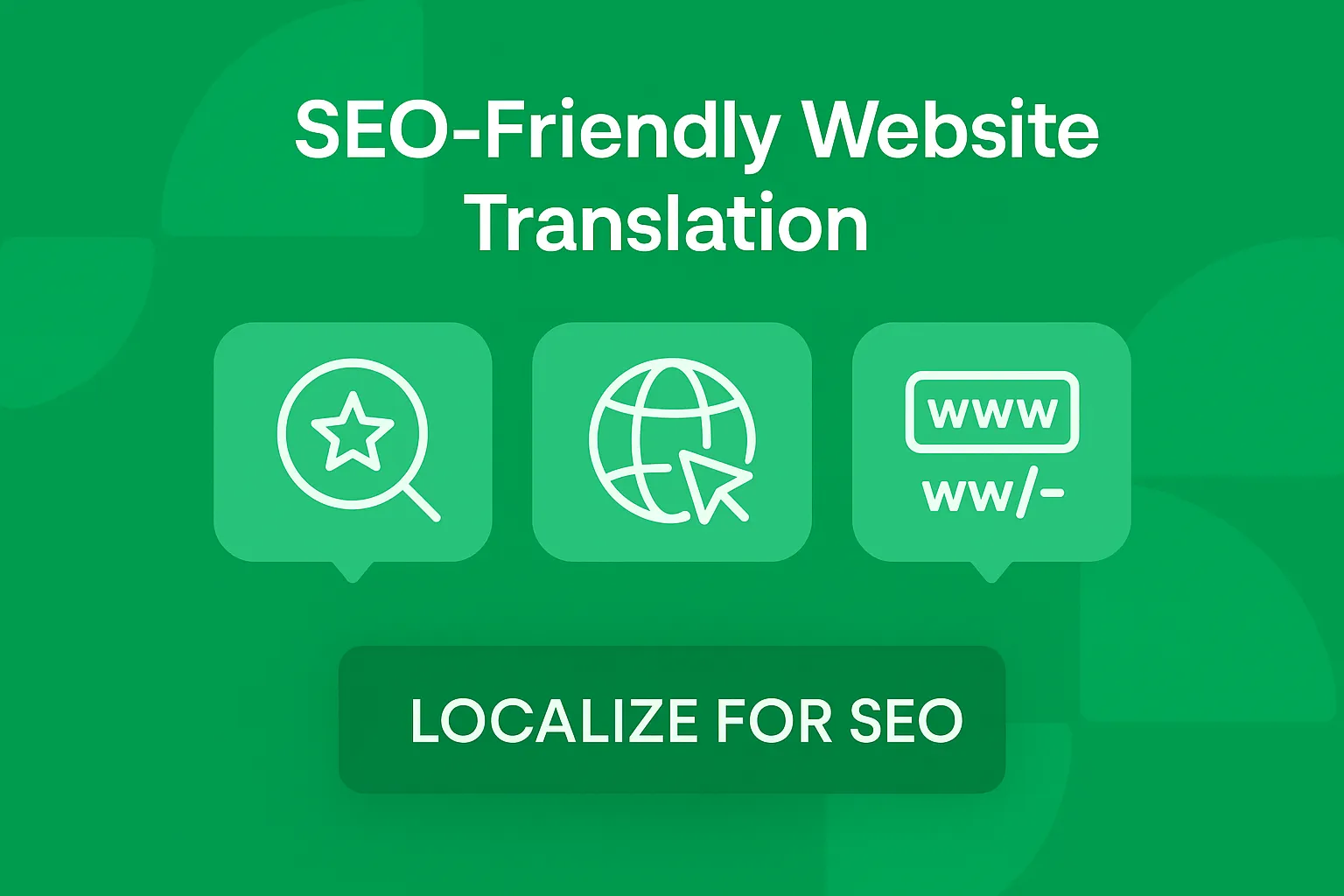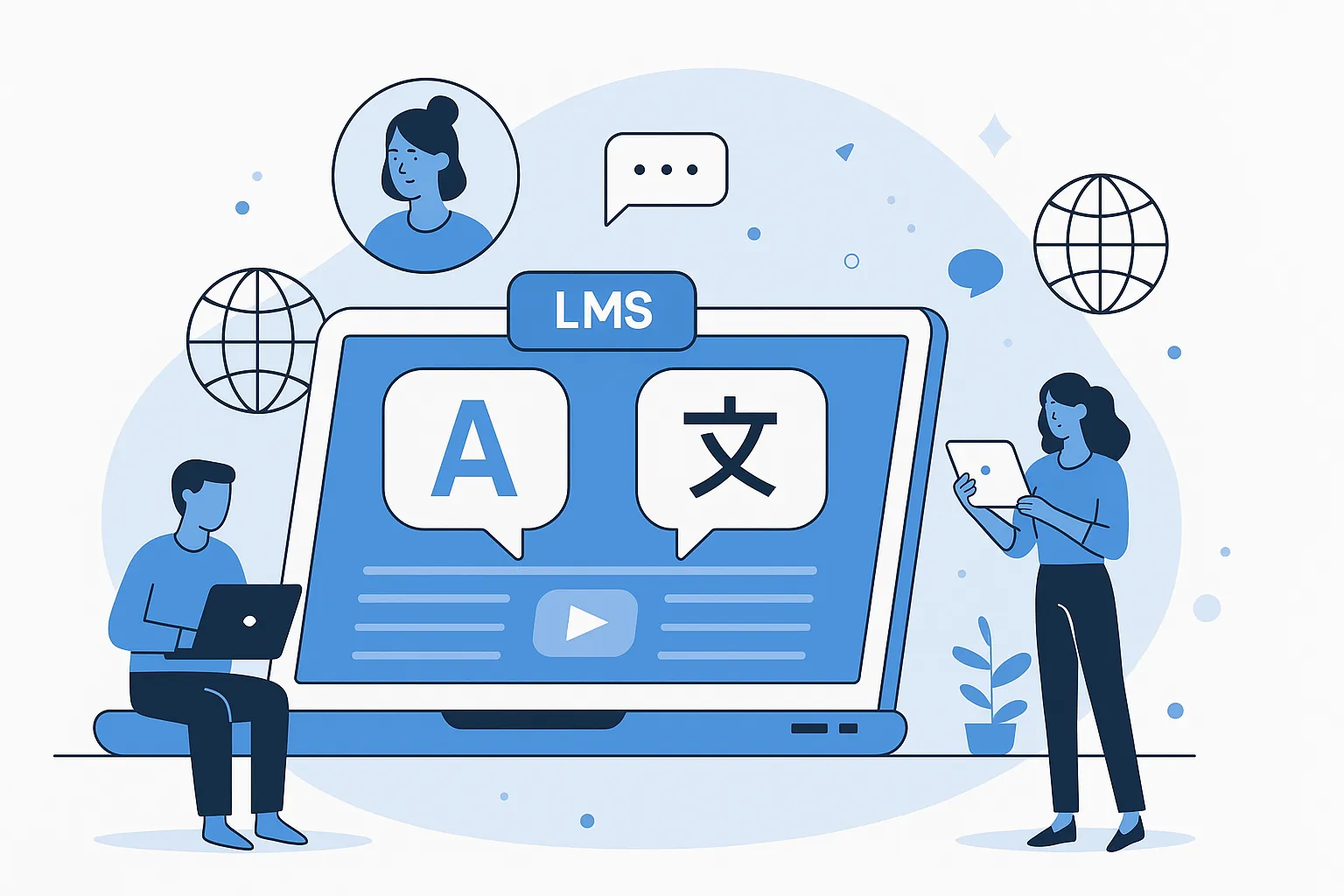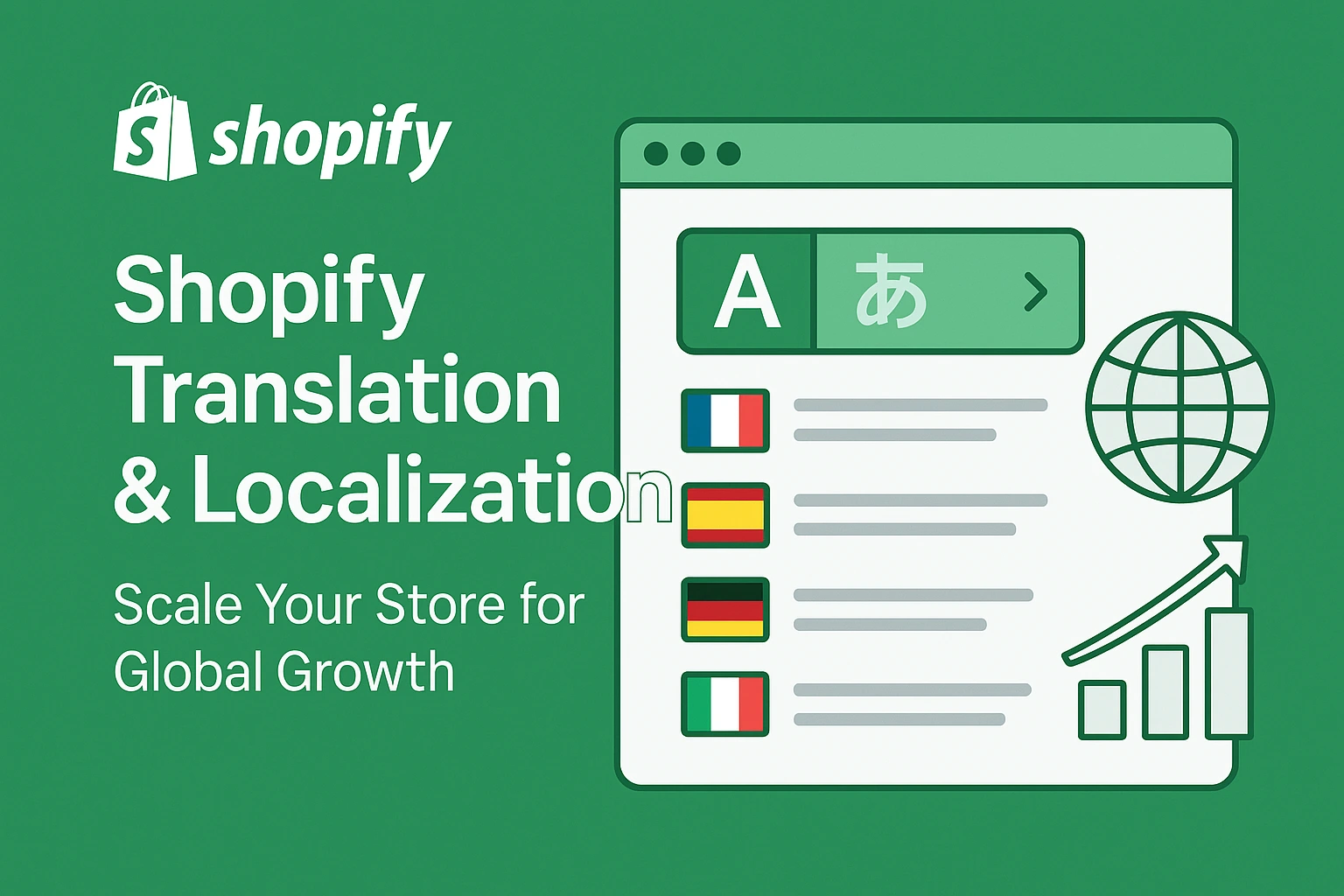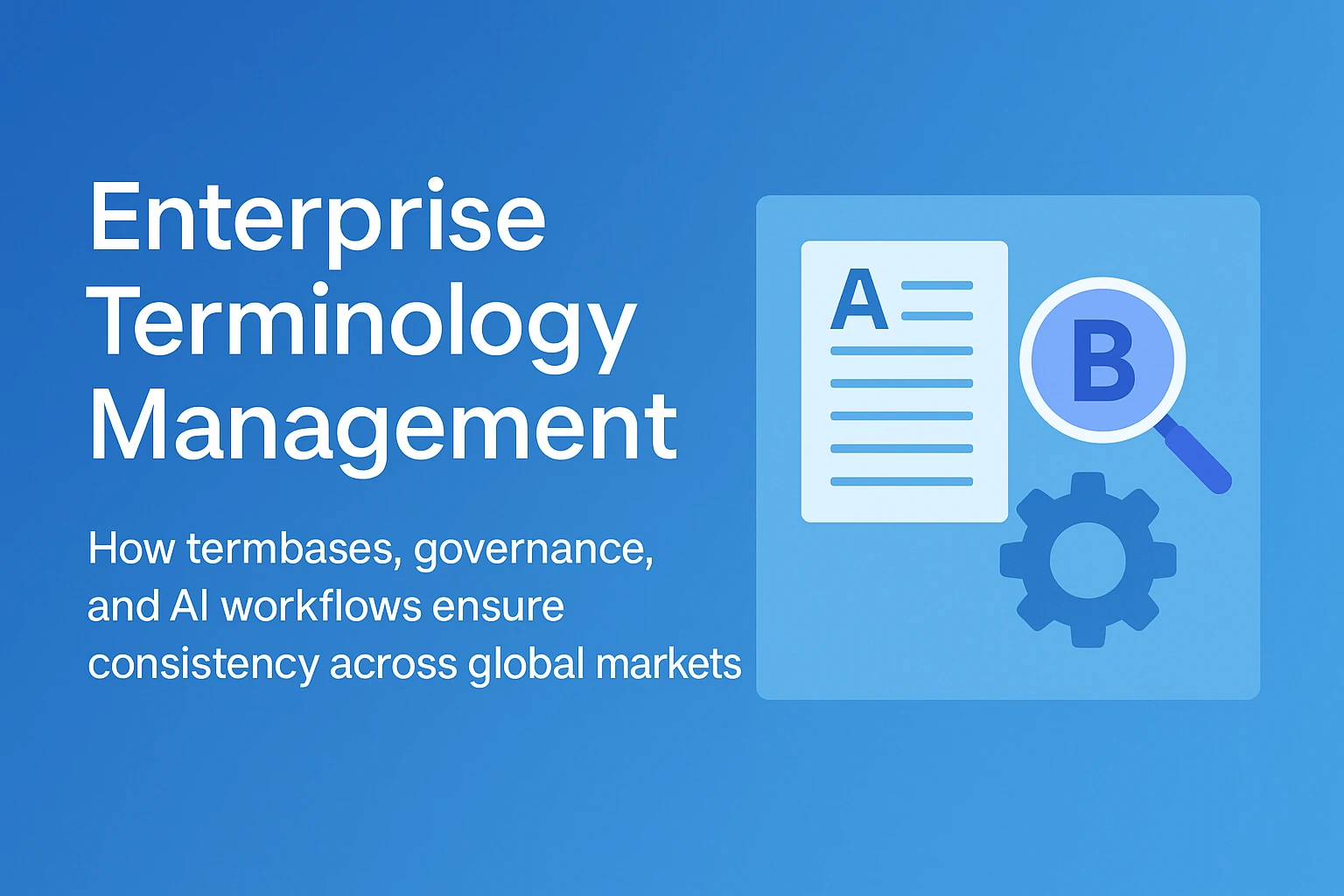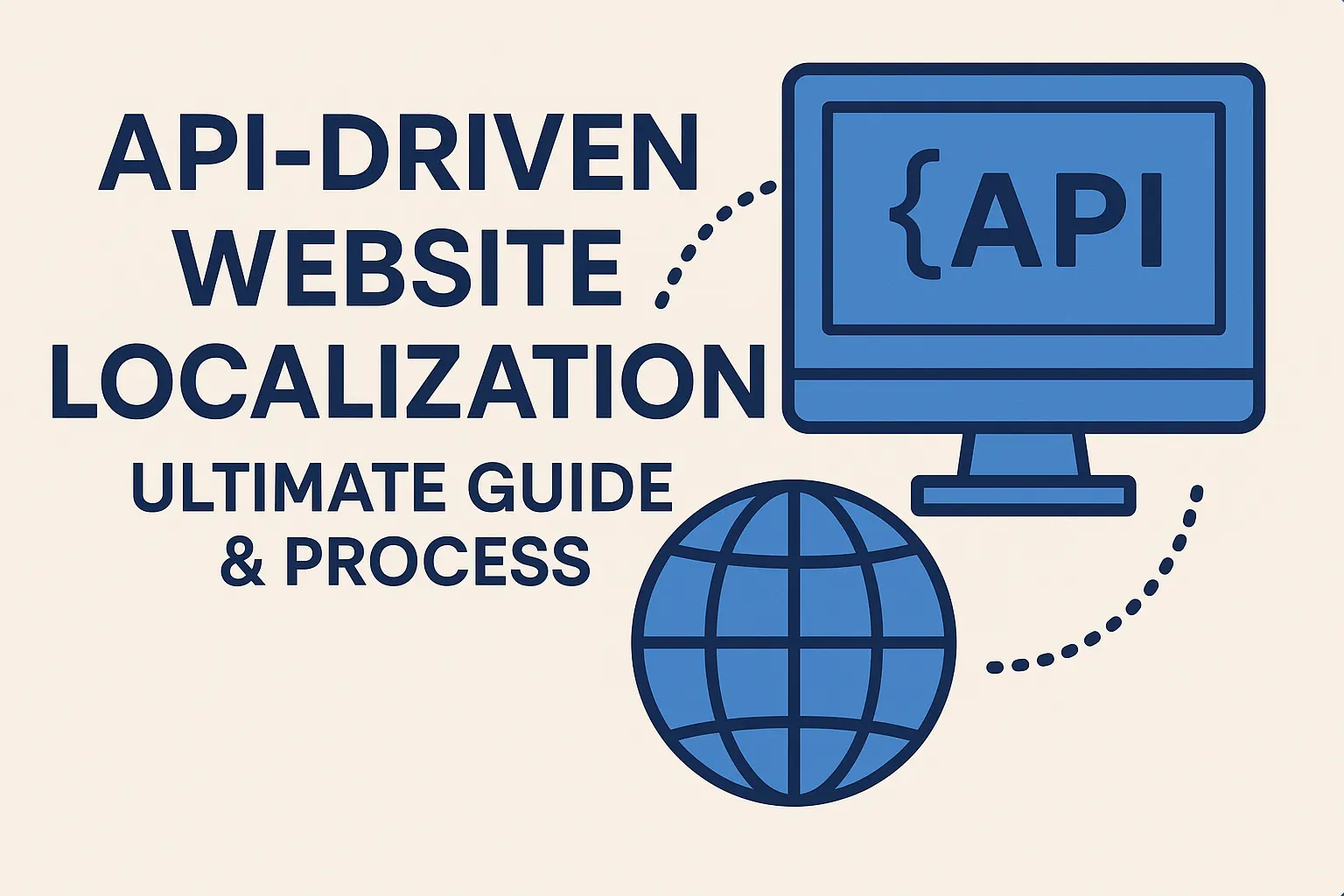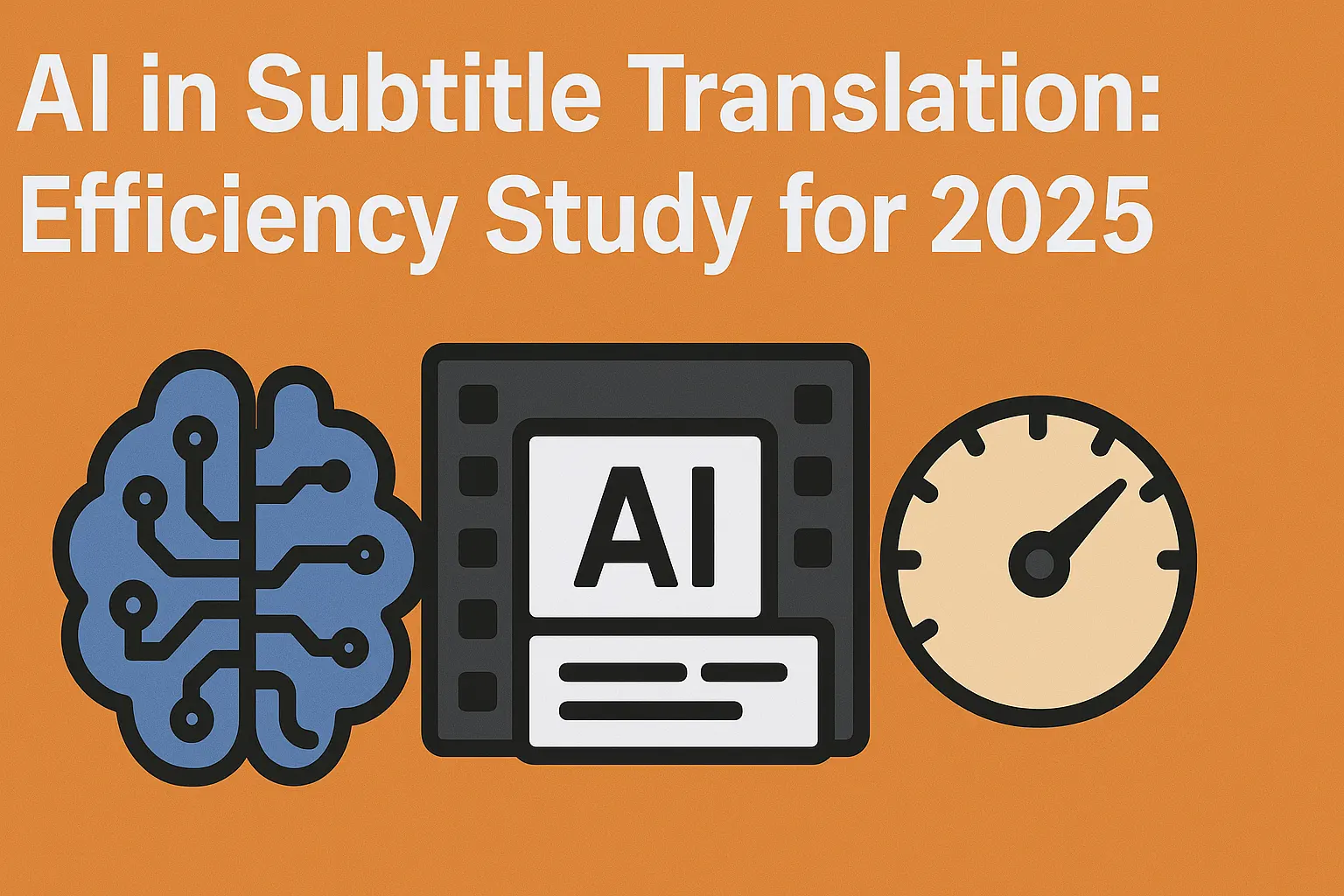Cryptocurrency exchanges operate in one of the fastest-changing and most scrutinized industries globally. It is both a trading venue and a licensed financial institution.
It’s a constant balancing act of shipping fast enough to compete, but staying compliant and user-friendly in every new market.
Crypto Localization sits at the center of this challenge, which runs far deeper than mere translations. It must cover trading dashboards, KYC/AML procedures, payment and withdrawal methods, legal notices, fraud alerts, help centers, and even SEO-targeted landing pages.
A single misstep in any of these locations can result in compliance issues, regulatory penalties, or catastrophic user drop-off.
That is why top exchanges collaborate with partners who introduce crypto-native competence, ISO 17100 quality methodologies, and round-the-clock project management to ensure that each release remains both speedy and compliance-ready.
This guide explains the eight most common crypto localization pitfalls and how to avoid them, and maps out the workflows and vendor requirements required to scale securely in foreign markets.
What Makes Crypto Exchange Localization Uniquely Risky?
Crypto exchanges face unique risks when expanding globally. Competitor analyses consistently show that exchanges often stumble in three core areas:
- UX and flows
- local payments
- legal compliance
Although crypto is global by design, it is highly regulated by jurisdiction. With each country with its unique regulations, it’s hard enough to navigate as is. Localizing becomes even challenging, with no one-size-fits-all solution.
Yet many exchanges stumble on the same localization pitfalls – mistakes that can have costly consequences.
Here are The 8 Major Pitfalls in Crypto Exchange Localization:
- Translating text, but not the experience
It is exactly as it sounds. Translation does not equate to localization, and is but a part of it.
Crypto users interact with highly dynamic interfaces, such as onboarding screens, dashboards, and KYC forms, where microcopy is critical; treating localization as just a string-for-string translation is not enough to ensure a seamless user experience.
Simply translating texts could pose problems like:
- Text expands in length, in languages such as German or Russian, and breaks field layouts
- Right-to-left languages, e.g., Arabic, Hebrew, are not tested properly
- Hard-coded strings appear untranslated in core flows
- Context is missing, leading to ambiguous or incorrect translations
This significantly ruins the UX aspect of your exchange platform. Failing to address this could drive up user churn and hurt your ROI.
- Ignoring local payment methods & formats
Failure to include local payment methods leaves users stranded, and frankly, unable to use the platform.
This could take different shapes with the same underlying issue, such as:
- Missing local payment methods (e.g., UPI in India, Boleto in Brazil, SEPA in Europe)
- Incorrect currency displays (wrong decimal/thousand separators)
- Bank field labels not localized (e.g., “Routing number” vs. “Sort code”)
Getting the payment right is a critical usability, and failing to address this will basically render the platform useless in the region.
- Weak KYC/AML localization
Failing to localize KYC/AML is a critical misstep, as this often leaves users unable to use the platform. This can also create a significant compliance issue in cases of fraudulent activities, due to improper KYC/AML implementation.
Here’s what this could look like:
- ID types not adapted (e.g., local IDs vs. passports)
- Address formats not localized (postal code order, prefecture vs. province)
- Missing or mistranslated disclaimers
- Poor geo-gating, users in restricted countries still see onboarding flows
Proper KYC/AML localizations are critical for operational purposes, as much as for legal purposes. Weak KYC/AML localization will lead to user frustration, and in a worst-case scenario, can cause massive compliance issues, which could be detrimental to your brand.
- Crypto jargon & token names mishandled.
Crypto has a unique vocabulary. From token names and protocol functions to industry-specific terms, mismanaging this terminology can be the beginning of a very – very costly mistake. So,
Having a forbidden terminology repertoire is necessary, as mistranslating one word could lead to severe compliance issues, and is only the beginning of the key factors you need to keep in mind, such as:
- Forbidden or protected terms: Certain words, token symbols, and protocol names should never be translated. Maintaining a forbidden word list is essential to prevent misinterpretation.
- Contextual accuracy: Even translatable terms must be adapted carefully to maintain their functional meaning in UI flows, onboarding instructions, and educational content.
- Consistency across channels: Token names, smart contract references, and crypto jargon must remain consistent in dashboards, notifications, and support content to avoid user mistakes and operational errors.
- Regulatory sensitivity: Incorrect translation of financial terms or token mechanics can trigger regulatory scrutiny or legal exposure, particularly in jurisdictions with strict crypto oversight.
- Notifications & support content left in English
One of the most overlooked areas of crypto exchange localization is notifications and support content. Many platforms invest heavily in localizing their trading dashboards, yet leave the system messages, alerts, and support documentation untouched.
Key examples include:
- Email and SMS OTP codes: If users cannot understand authentication messages, they may abandon transactions or compromise account security.
- Push notifications for withdrawals or trades: Delayed or misunderstood alerts can cause missed opportunities or financial loss.
- Fraud warnings and security prompts: Untranslated warnings leave users vulnerable and expose the platform to liability.
- Help center articles, macros, and FAQs: When self-service support isn’t localized, customer frustration skyrockets and support tickets pile up.
This could lead to serious compliance issues, as users may easily miss important updates due to a lack of translation or even mistranslation. This also results in users leaving the platform due to a lack of confidence in it.
- Legal pages & risk warnings not localized or outdated
Exchanges operate in a shifting legal landscape. Terms of service, fee schedules, and risk disclosures need localization and frequent updates. Otherwise, they will not remain valid after short periods of time.
Yet many exchanges very often make mistakes, such as:
- Leaving pages untranslated: Critical documents like Terms of Service or risk disclosures remain in English only, leaving non-English-speaking users without legally binding clarity.
- Translating once, but never updating: Regulations evolve quickly, and outdated localized pages can misrepresent compliance obligations or create contractual loopholes.
- Using non-specialist translators: Legal and compliance texts require subject-matter experts; relying on generalist linguists or machine translation can produce inaccurate or legally invalid content.
This goes beyond user frustration and could pose serious legal consequences for users and the platform alike.
- Hreflang/SEO misconfig for geo-restricted content
If the search engines cannot correctly index localized pages, users are left stranded and unable to use your platform. This is why SEO goes beyond any separate industry, and is the make-or-break of a business. This is crucial for Crypto Localization because poor SEO setups can lead to compliance breaches if geo-restricted content appears in search results.
Here are the most common mistakes in SEO configurations:
- Incorrect hreflang tags: Misapplied or missing tags cause the wrong regional or language version of a page to appear in search results.
- Geo-blocked markets indexed by Google: Markets that should be restricted sometimes remain discoverable, creating regulatory exposure.
- Untranslated metadata and URLs: Leaving titles, descriptions, and URLs in English reduces click-through rates and weakens local SEO authority.
- Non-localized keyword strategies: Directly translating keywords instead of adapting to local search behavior means lost traffic and poor engagement.
SEO in Crypto is just as much about compliance as it is about user engagement. So this is a major pitfall to look out for.
- Community & education aren’t localized
Crypto is still new for most users worldwide, and education is what bridges the gap between curiosity and active participation. Even the most polished trading app will feel inaccessible without it. This is a core reason exchanges that only localize the trading app but ignore education and community fail to build trust.
This includes materials like:
- Whitepapers and litepapers: Often remain in English, preventing non-English-speaking users from understanding project fundamentals.
- Exchange academy content: Tutorials, explainers, and guides left untranslated leave newcomers stranded.
- Blog posts and announcements: Product updates, new listings, or critical news can lose their impact—or worse, cause misinformation—if not localized.
- Community channels (Telegram, Discord, Twitter): Moderation and engagement in only one language alienate users who prefer their native tongue.
A localized blog, academy, or Discord channel signals to users that the exchange is invested in their success, and failing to do so will impact your organic traffic.
These are the most common mistakes that occur during crypto localizations. But they are barely the tip of the iceberg of the process.
We’ve seen cases where untranslated disclaimers or payment field errors triggered compliance warnings and user churn. Circle Translations alleviates these risks by implementing in-context review and compliance mapping before launch.
How to Build a Safe, Scalable Exchange Localization Workflow
Localizing in crypto is all about scaling globally, whilst adhering to local regulations. Now, a project this big can be very expensive, labor-intensive, and overwhelming in general. With the right approach, this is very much achievable.
How, you may ask?
The key is a structured, two-track workflow that separates risk-bearing content from high-volume copy. By doing so, exchanges can handle sensitive and KYC/AML materials with meticulous human review, while simultaneously accelerating high-volume UX, marketing, and community content through AI-assisted translation with post-editing. This approach ensures that speed and agility are maintained, without compromising accuracy and compliance.
Roles & Controls
So, what are the two tracks in a two-track workflow?
The two tracks are basically just human-only and AI-assisted pathways that divide the workload based on required accuracy, volume, speed, and compliance. Both of the paths are well-defined with clear expectations and workflows. This maximizes the output with an adequate amount of accuracy and attention to compliance.
Let’s take a look at the paths in detail:
- Human-Only Track:
Here’s what this half of the flow looks like:
SME Linguist → Reviser → LQA Lead → Project Manager → Compliance Sign-off
All legal and risk-sensitive content is handled exclusively by subject-matter expert linguists and compliance reviewers. Nothing moves forward without human oversight.
The main focus of this half is:
- Legal disclaimers, Terms of Service, and risk disclosures
- KYC/AML onboarding forms and geo-gating flows
- Payment and withdrawal instructions requiring regulatory compliance
- Sensitive notifications, such as fraud alerts or system messages
- Audit trail documentation for regulatory reporting
- AI + Human (MTPE) Track:
The workflow of this track is as follows:
MT output → SME Post-Editor → LQA Lead → Project Manager → Optional Compliance Review
The goal of this track is to get the high-volume content, such as UX microcopy, marketing assets, and community communications be done with minimum effort. However, every asset is reviewed against strict linguistic quality assurance (LQA) benchmarks before release.
This approach delivers quality work and requires little supervision, leaving room for more focus on the more sensitive workload.
Focus Areas include:
- UX microcopy and interface labels
- Marketing and promotional content
- Community engagement materials (announcements, newsletters, social media posts)
- Help center articles and FAQs
- Educational content like whitepapers or academy modules
Locales to Prioritize
Services like Circle Translations can localize your exchange platform into 120+ languages, sure. But this would be a long and costly endeavor with little ROI.
All that to say, that not every language carries the same strategic value for a crypto exchange. Effective localization requires a careful, market-driven approach to decide which locales to prioritize first.
These languages are selected based on a combination of factors, such as:
- Regulatory complexity:
Some jurisdictions have stricter KYC/AML, reporting, or payment requirements, demanding more careful localization and compliance checks.
- User base size and engagement:
Markets with high trading volume or growing user adoption provide the greatest ROI for localization investment.
- Fiat on-ramp availability:
Local payment methods, banking infrastructure, and supported fiat currencies determine whether a market is operationally viable.
- SEO and marketing potential:
Languages tied to regions with strong search engine presence or active crypto communities can drive organic growth when localized effectively.
Languages best fitting the criteria are:
- English (EN)
- Chinese (ZH)
- Japanese (JA)
- Korean (KR)
- German (DE)
- Spanish (ES)
RFP Checklist: Choosing a Crypto Localization Partner
When evaluating partners for crypto localization, exchanges should require:
- ISO 17100 certification
- MQM/DQF quality scoring
- NDA and secure portal access
- KYC/AML and geo-gating experience
- Local payment expertise
- Translation memory(TM) ownership
- Sample QA reports
- 24/7 support and crypto case studies
Circle Translations offers enterprise-grade compliance packs, same-day assessments, and dedicated PM support, ensuring procurement confidence.
Conclusion
The three pillars of crypto localization are UX and flows, local payments, and legal compliance. The dynamic nature of trading dashboards, onboarding flows, and KYC/AML screens means that every interface element poses unique challenges with different jurisdictions and norms.
Successful localization requires a holistic, structured workflow that integrates human expertise for risk-sensitive content, AI-assisted translation for high-volume copy, and rigorous QA at every stage. By prioritizing markets strategically, aligning translation workflows with regulatory demands, and continuously auditing both content and interfaces, exchanges can scale globally while protecting users and maintaining compliance.
At Circle Translations, we bring crypto-native expertise, ISO-certified QA, and 24/7 project management to help exchanges scale safely in 120+ languages. Whether you’re localizing a new onboarding flow, adapting risk disclosures, or building a multilingual community, we ensure speed, accuracy, and compliance every step of the way.
Frequently Asked Questions:
-
What are the most common crypto exchange localization mistakes?
Failing to adapt UI/UX flows, ignoring local payment methods, mislocalized KYC/AML content, untranslated legal pages, and hreflang/SEO misconfigurations.
-
How should KYC/AML be localized for different jurisdictions?
Localize ID types (passports, national IDs), address formats, disclaimers, and geo-gating notices. Verify device/IP location and show only compliant flows.
-
Do we need to localize deposit/withdrawal flows?
Yes. Adapt deposit/withdrawal methods (e.g., SEPA, UPI, Boleto), display in local currencies, and use localized field labels. This reduces drop-offs and builds trust.
-
Should token names and protocol terms be translated?
Typically, no for names, tickers, and technical function names. Translate UI strings, instructions, and user-facing crypto jargon. Enforce consistency with a termbase.
-
Can we use AI for speed without risking compliance?
Yes, use AI+human for high-volume, low-risk UX copy. Keep human-only workflows for compliance-heavy legal text. Always enforce LQA and in-context review.
-
What SEO errors hurt localized exchange pages most?
Incorrect hreflang, indexing geo-blocked content, untranslated metadata, and using non-localized keywords. These reduce visibility and compliance.
-
Which languages should we prioritize first?
Typically Chinese (Simplified), Japanese, Korean, German, and Spanish, aligned with global user bases and regulatory access. Validate with research.







